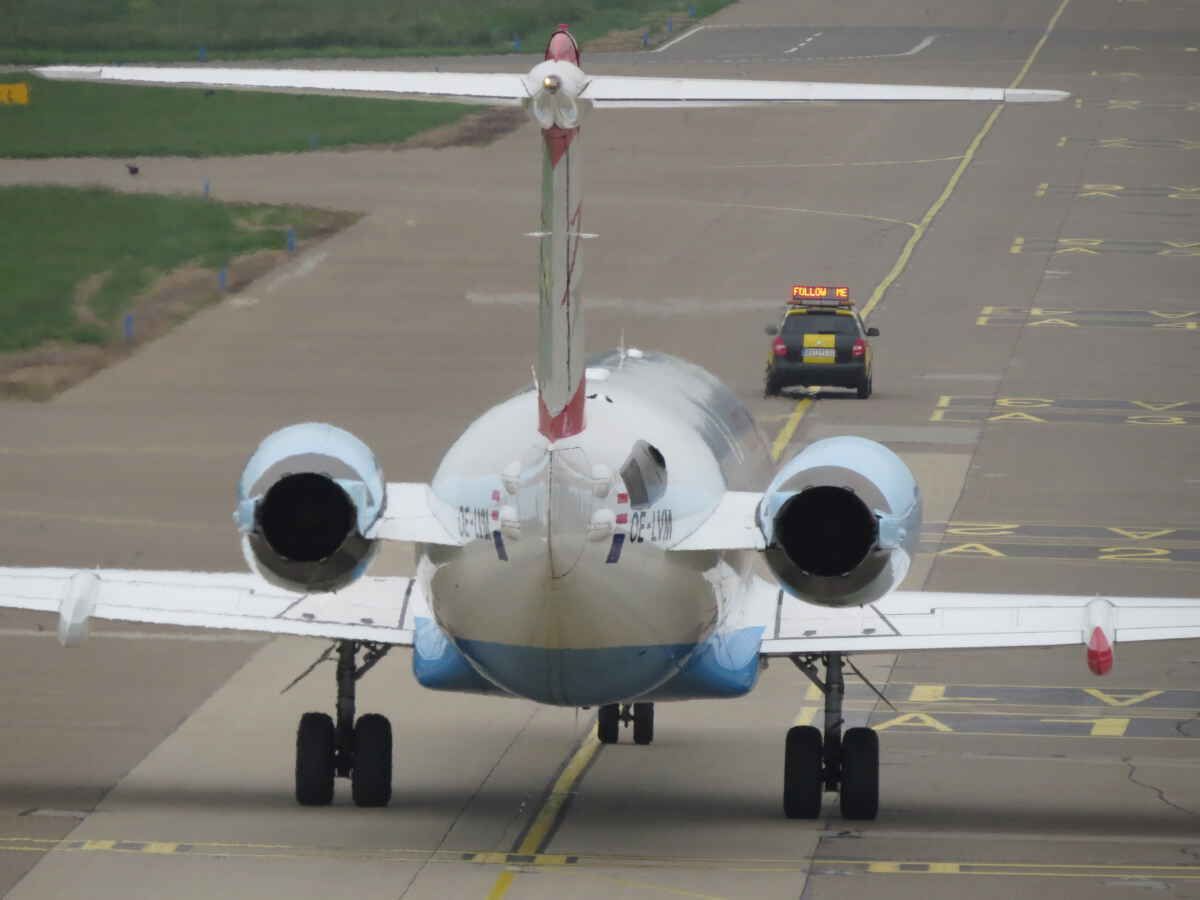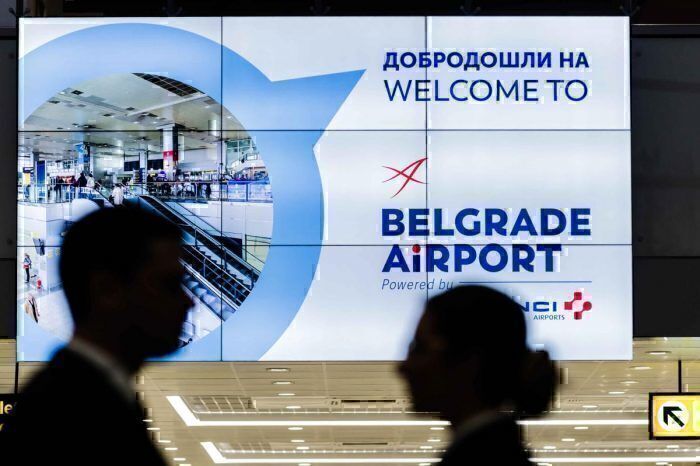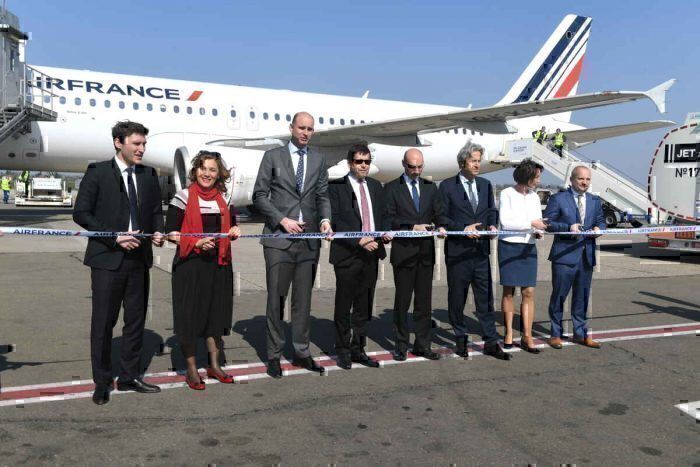Belgrade’s new operators have big ambitions for the strategically located airport. VINCI Airports want to turn Belgrade Nikola Tesla airport into a major hub for southeast Europe, but are the numbers stacking up? Let’s take a look.
Ambitions for 15m passengers
Owned by VINICI Airports, Belgrade’s Nikola Tesla airport is having a bit of a facelift. Back in July, the airport’s operator began work on a €370m ($411m) development program to update and expand the airport. VINCI Airport’s president Nicolas Notebaert is noted by CAPA to have said this was to “make Belgrade the future hub in southeast Europe”.
VINCI Airports ytook over the contract for Belgrade Airport in February 2019. At the time, they made their ambition clear. They wanted to increase annual passengers using Belgrade from the current five million to 15 million before the end of their concession period.
While Belgrade is certainly in a location which is strategically in between western Europe and eastern Asia, one has to wonder whether Notebaert is overreaching somewhat with this ambition.
Close competition
While Belgrade is geographically within the area of southeast Europe, it’s really quite close to some of the biggest hubs already in the region. Around 350km away is the established hub of Budapest, and some 600km away brings the ever-popular Vienna airport into range too.
Despite this, CAPA still rates it as an airport of potential. A 2015 report identified the possibilities of the airport to change the future of hubs in central and southeast Europe. CAPA noted the airport’s extensive growth in 2014 (of 32%) as proof of this potential.
At the time, CEO of Air Serbia Dane Kondic remarked on how pleased his airline was with the development of the airport. He is quoted by CAPA as saying,
“We’re trying to develop Belgrade into a hub and so it’s really starting to compete now against the likes of Vienna which was probably for many years the hub in that part of the world, which was the gateway to Central and Eastern Europe.”
While the airport has, as yet, failed to match the extensive and unexpected growth of 2014, things are still headed in the right direction.
Double-digit growth
This year, the airport has seen steady growth month on month, positioning itself as one of the fastest growing airports in non-EU markets, and the 9th fastest in Europe. As reported in Ex-Yu Aviation, the airport handled 4.75m passengers in the year’s first three quarters, an increase of 7.9%, while aircraft movements increased 7%.
The airport had a particularly successful September, registering passenger growth of 11.9% compared to last year. Aircraft movements were up 10.7% to just over six thousand. Although further figures have not yet been released, it looks as if this upward trend is set to continue.
It seems that VINCI’s influence is beginning to show in Serbia. It will be interesting to see how Belgrade continues to develop in the future.



